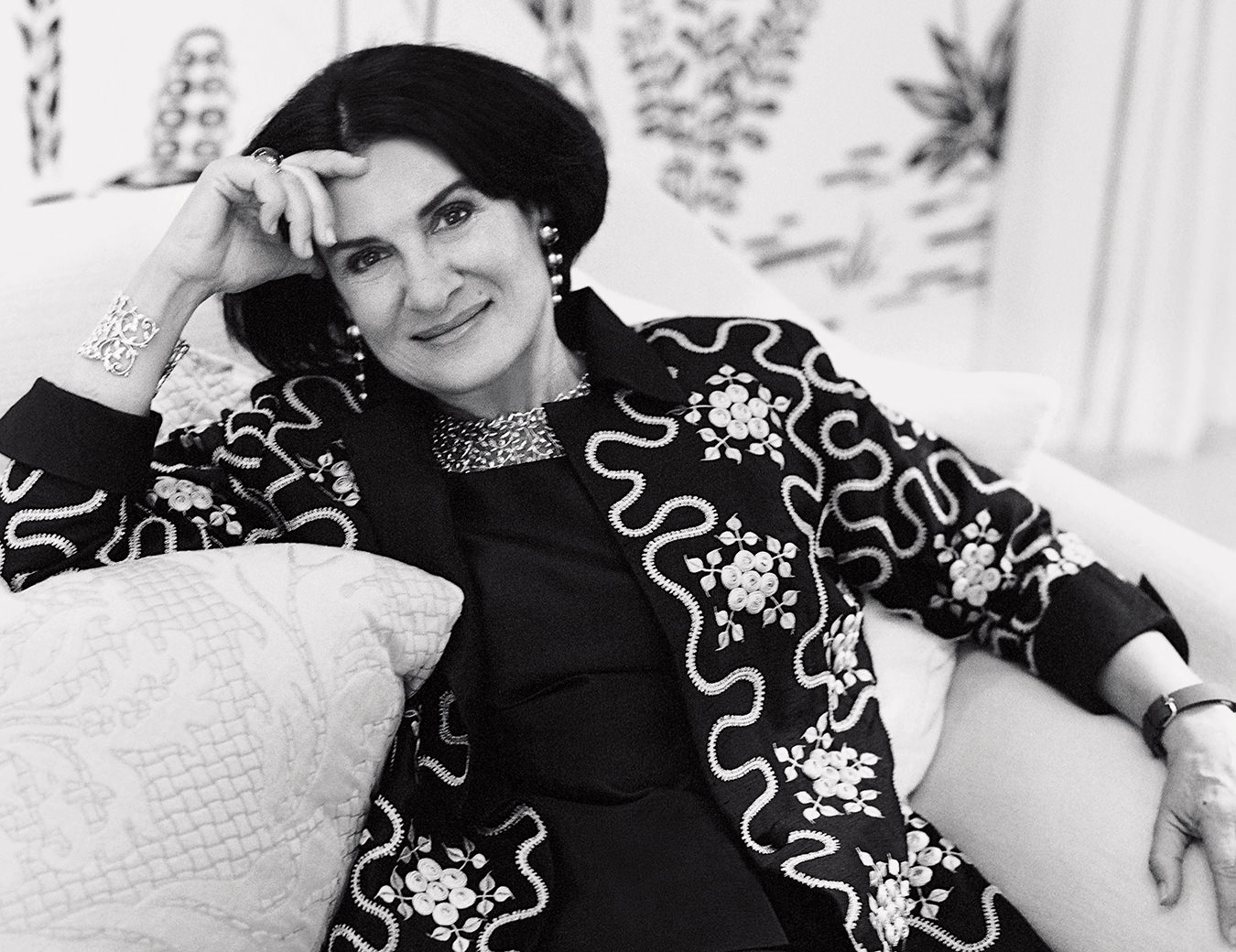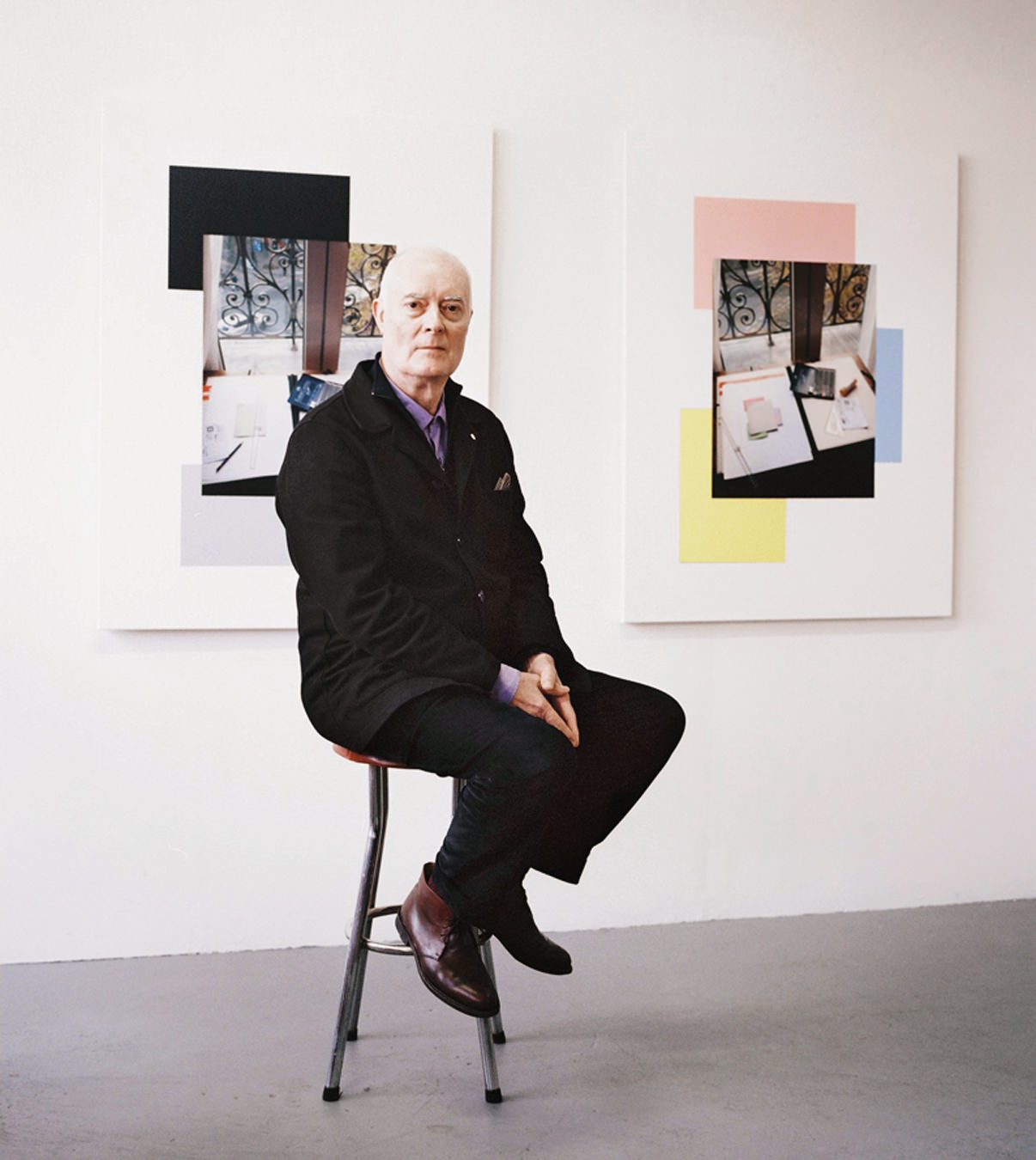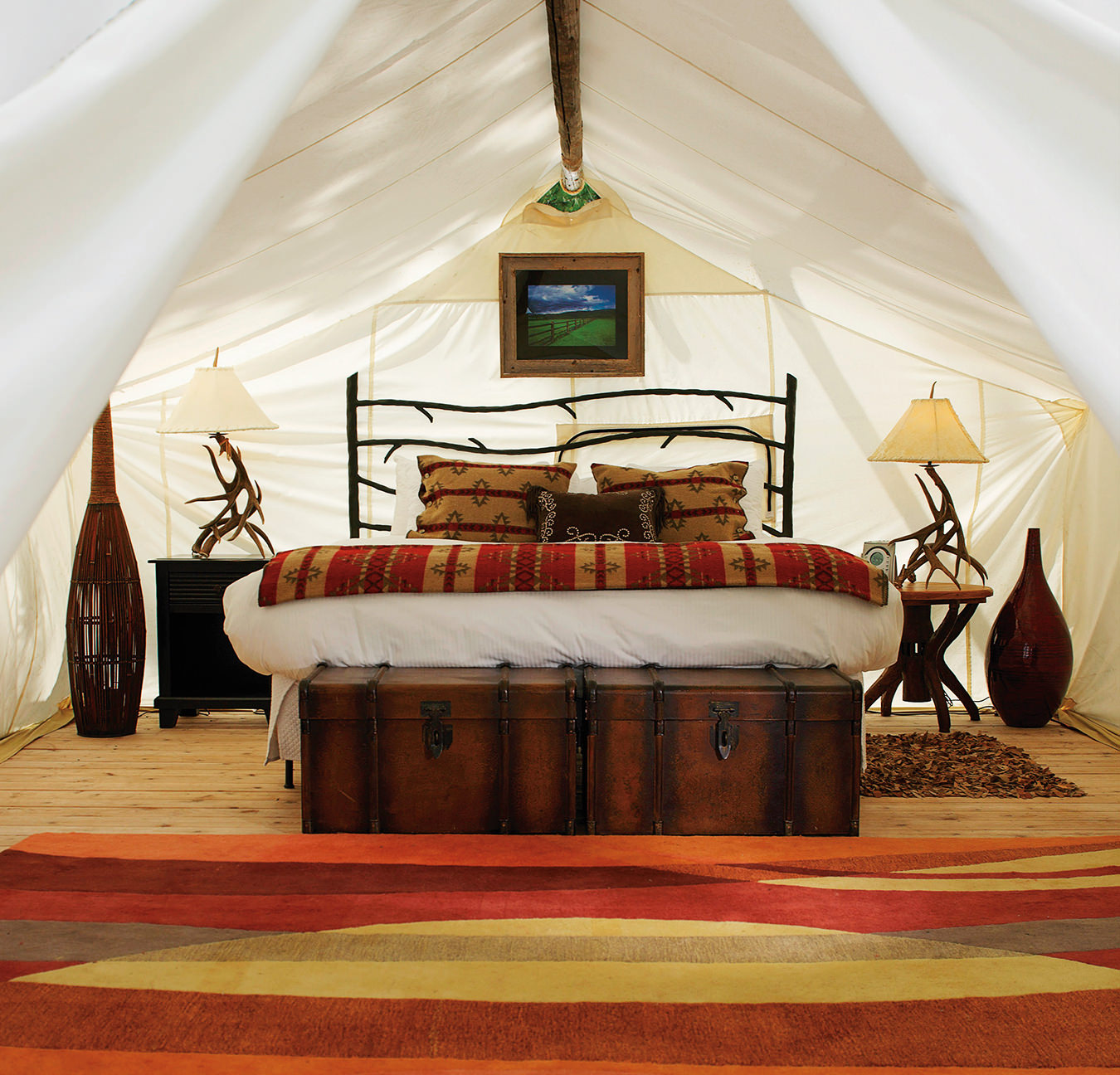Pairing Up: Krug and Music
“The sound of a drink being poured tells you expectations about temperature, perhaps viscosity, also carbonation, and the quality of the drink in the glass. All that before you have taken your first sip.”
Dr. Charles Spence, professor of Experimental Psychology and head of the Crossmodal Research Laboratory at Oxford University, spends his life finding out how music, colour, and even the weight of cutlery can be used to enhance the enjoyment of both food and drink. Pure taste is not nearly as dominant as we may think when judging a meal, he says.
“How many of you think that with your eyes closed, you could tell the difference between a hot and cold drink?” asked Spence at a Music Pairing Experience in collaboration with champagne house Krug he led in Berlin earlier this year. His implication was one must use sound alone and no other form of sensation. Spence proceeded to play two audio clips—one of a hot liquid being poured and one of a cold liquid being poured. Almost unanimously, attendees could recognize the difference. Every temperature has a different pitch, due to viscosity, when poured—and it is noticeable. Spence proceeded to do the same test with sound bites of champagne and sparkling water; and again, a difference. There were notes of carbonation levels and further insight regarding viscosity. Sound communicates information. But, as we already know, sound also communicates pleasure.
Spence and fellow neuroscientist Janice Qian Wang, also of Oxford University, conducted a series of tasting experiments to pinpoint exactly how and why what we hear affects what we taste. There are solid scientific principles behind the intersection of music and wine. Even celebrated British chef Heston Blumenthal has described sound as a “forgotten flavour sense,” and many fans of music and fine wine have already intuited that the two reinforce each other.
Anyone who has ever spent time preparing for a soirée by opening a special bottle and cooking a special meal understands that music matters as much as the food and wine. The House of Krug takes this kind of pairing seriously, consulting with neuroscientists like Spence on the science of music and taste and recruiting a world-class line-up of musicians to share their own favourite musical pairings for various Krug champagnes. Famed jazz pianist Jacky Terrasson has collaborated with Krug; so has Bryan Ferry. Jazz and classical music feel like natural partners, but Krug has been developing relationships with musicians across all genres. Krug releases carry a six-digit code on the back of each bottle, known as the Krug ID. You are invited to enter this ID either online, or via a smartphone app, in order to not only learn more about that particular bottle, but also to access its specially selected musical pairing.
To ensure scientific accuracy, Krug has been working with Spence and Wang to discover how we can use our senses to enhance our enjoyment of wine. The results have been significant, according to Spence, who notes that “people will rate wine 15 per cent more enjoyable when we play the matching music.” The duo has gathered information on such associations through study after study, engaging people from across the globe. They have found a majority of people are in agreement. Spence and Wang have also worked with composers, sound designers, and instrumentalists to develop music that represents such flavours and have already developed soundscapes that correspond to sweet, bitter, sour, and saltiness.
Krug’s association with music runs deep, with the maison likening the experience of making its champagne wines to that of being a fine musician. Krug considers each of its five champagne types to express a specific of musical experience, from the “soloists” of Krug Clos to the “ensemble” of Krug Vintages and a “symphony performance” made of over 120 wines to create Krug Grande Cuvée.
Musical pairing recognizes that our senses play off each other in ways that we do not yet fully comprehend—that our ears unconsciously inform our taste buds. “Wine writers compare wines to pieces of music, a particular music style, or even to specific musical parameters,” says Spence. Where does this shared language come from? “Do such comparisons merely reflect the idiosyncratic similes of writers concerned, or instead reflect more general cross-modal matching tendencies? We don’t talk about wine in terms of mixing of colours, but we do talk about mixing of notes, harmonies, and chords,” he says.
Spence and his team are passionate about the correspondence between sound and what we taste and smell in the glass and on the plate. “More and more people are getting excited about the surprising but scientific matching and the way you can enhance people’s experience of what’s in the glass as a function of what they hear,” says Spence, proving that the sound palette and taste palate are, indeed, intertwined.




